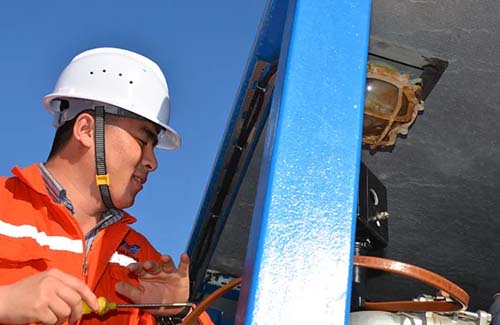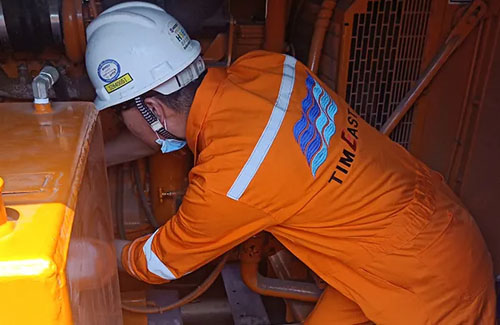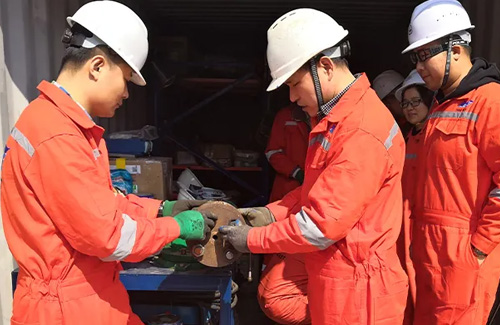Nov. 08, 2023
Flange management is a critical aspect of maintaining the integrity and reliability of piping systems in various industries. Proper procedures ensure the correct installation, inspection, and maintenance of flanges. Here are the main steps of a comprehensive flange management procedure:
Begin by accurately identifying and documenting each flange in the piping system. This includes recording details such as flange size, rating, material, and its specific location within the system. Proper documentation is crucial for tracking maintenance history and ensuring the use of appropriate components.
Regular inspections are essential to assess the condition of flanges. Inspect for signs of corrosion, leaks, or any visible damage. Use non-destructive testing methods, such as ultrasonic or magnetic particle testing, to identify hidden defects that may compromise the integrity of the flange.
Critical & Relief Valve Ultrasonic Testing
Choose an appropriate gasket material based on the specific requirements of the application, taking into consideration factors such as temperature, pressure, and the type of fluid being transported. Follow proper procedures for gasket installation to ensure a secure and leak-free seal.
Follow manufacturer recommendations for bolt tightening and torqueing. Use calibrated torque wrenches to achieve the specified bolt load. Proper bolt tension is crucial for maintaining the joint's integrity and preventing leaks. Consider employing bolt tensioning methods for large and critical flange connections.
Perform flange integrity tests, such as hydrostatic or pneumatic testing, to verify the overall integrity of the assembled flange connection. This step helps identify potential leaks or weaknesses in the joint before the system goes into operation.
Clearly mark and tag each flange with the relevant information, including the installation date, inspection records, and any specific notes or precautions. Proper marking aids in easy identification during future inspections and maintenance activities.
Implement a regular maintenance schedule for flanges, including periodic inspections, re-tightening of bolts, and replacement of gaskets as needed. Monitor flange conditions over time and address any issues promptly to prevent deterioration and ensure continued system reliability.
Q: Why is proper flange identification important?
A: Proper flange identification ensures accurate tracking of each flange in the system, aiding in maintenance, inspection, and the use of correct components during repairs or modifications.
Q: What are common non-destructive testing methods for flange inspection?
A: Common non-destructive testing methods include ultrasonic testing and magnetic particle testing. These methods help identify defects or issues in flanges without causing damage to the components.
Q: How often should flange inspections be conducted?
A: The frequency of flange inspections depends on factors such as system operating conditions and industry regulations. Regular inspections, typically conducted annually or as per industry standards, help identify and address issues proactively.
Dec. 12, 2023
The Basics of Electric Heat Trace Technology In the world of industrial processes and temperature control, Electric Heat Trace (EHT) technology plays a crucial role.Nov. 23, 2023
Performing a Leak Test: Step-by-Step Guide A leak test is a crucial procedure to ensure the integrity of a system and identify potential leaks in pipes, joints, or containers.Nov. 08, 2023
Main Steps of a Flange Management Procedure Flange management is a critical aspect of maintaining the integrity and reliability of piping systems in various industries.

